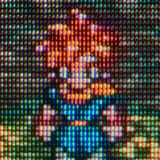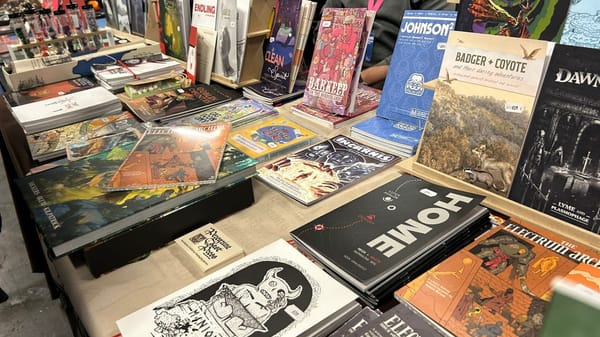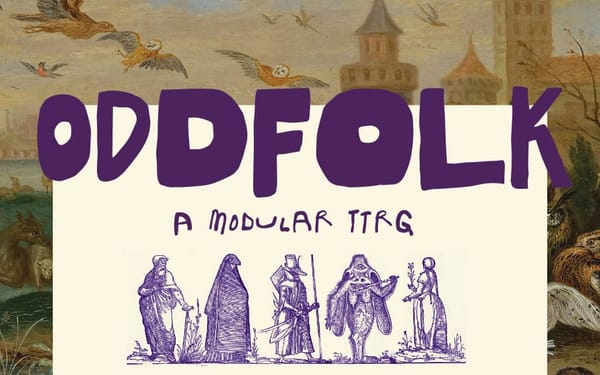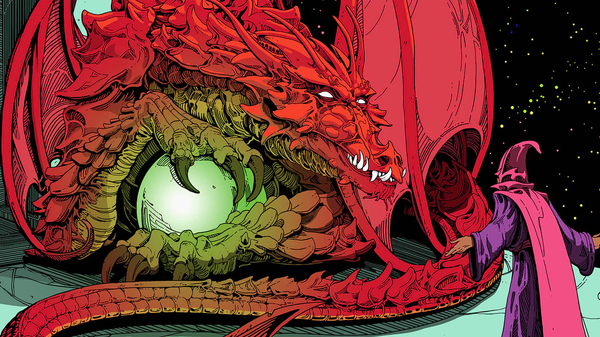More reunion than Gathering: Final Fantasy and MTG's shared history
Dungeons & Dragons & Wizardry, Oh My!
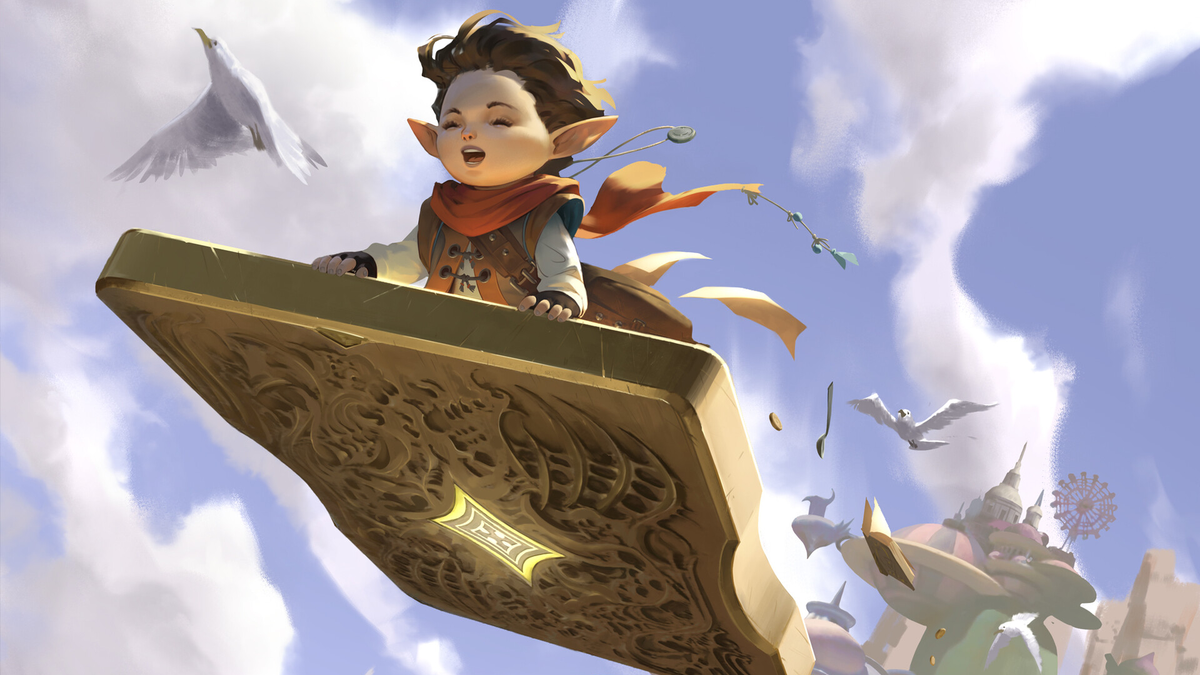
Somber music, barely there, plays over a blurry, pixelated scene of a young woman walking through a snowy mining town. Final Fantasy veterans will recognize Narshe, a central location in 1994's Final Fantasy VI, and, fittingly, the setting for that game's opening scenes. Over the visuals and the music opens an articulate, detached, but not dispassionate narrator who immediately admits to never having played a Final Fantasy game before falling wholly into the web of artistic and mechanical connections between the legendary Final Fantasy video game series and the collectible card game Magic: The Gathering.
"Art tends to awaken that which is dormant within you," he says, "and the sleeping giant takes many forms throughout your life."
Sam Gaglio is the founder of Rhystic Studies, a YouTube channel he describes concisely as "Magic: The Gathering art, history, and culture." Set apart from other MTG players, Sam does not do gameplay videos or long set reviews, and he doesn't tell you how to play MTG. Rather, he is interested in discovering why we play MTG. In "Impressions of a Monolith | On Magic's Adaptation of Final Fantasy," Sam sets out to discover why Final Fantasy, a video game series he was aware of but personally unfamiliar with, was worthy of its own full Magic: The Gathering set.
Sam's experience learning about Final Fantasy through MTG reveals an entwined history that has fascinated me for years. There's a double helix dance there of shared origins, Dungeons & Dragons, the abstraction of fantasy, and the melding of genres. Born in different hemispheres, MTG and Final Fantasy both looked at the games that had come before them and asked, "What if?"
Decades before Sam was born, a young Japanese musician named Hironobu Sakaguchi wanted to become a rockstar.
While biding his time until superstardom, "The Gooch," as he'd become colloquially known, nurtured an obsession with computer roleplaying games like Ultima and Wizardry. Unofficial adaptations of the D&D formula, their gameplay was abstracted and simplified to fit the screen, trading social gathering and collective storytelling for expansive digital worlds and whole parties meticulously crafted and controlled by a single player.
"I started playing the adventure games Wizardry and Ultima on the Apple II computers, just casually at first, but before I knew it they had ensnared me," Sakaguchi said in 1994. "I gradually came to understand the structure of the program. I thought, 'I could do this myself.'"
Eventually, these ambitions landed Sakaguchi a part-time gig at Squaresoft, an upstart game developer spun off from an electric power company. There, Sakaguchi followed his inspirations by taking those computer roleplaying games he loved so much and further abstracting them to fit on Nintendo’s new, underpowered video game console: the Nintendo Entertainment System. The result was Final Fantasy.
MTG offers such broad potential that it shouldn't be limited by existing narrative style.
Originally, however, Sakaguchi chose a different name for the series, drawn to the repeated F's in the initials: Fighting Fantasy. There was only one problem. "Fighting Fantasy" was already a registered trademark for a series of solo adventure gamebooks created by Ian Livingstone and Steve Jackson. Perhaps, then, there's something to be seen in Final Fantasy's earliest brush with the Western games and creators that originally inspired it.
MTG, on the other hand, wanted to add exactly that back into the equation: The Gathering. Several years after Hironobu Sakaguchi had helped birth a new sub-genre of roleplaying games played on living room consoles, another young game designer was working on his own abstraction of D&D: a trading card game that placed each player in the role of a wizard, their spellbook represented by their deck of cards, tasked with taking down a rival wizard embodied byin their opponent across the table. Unlike the digital roleplaying games taking off in Japan and North America, MTG was all about "The Gathering."
"Magic was a surprisingly addictive game," said creator Richard Garfield in 2013. He recalled a particularly intense evening across the table from a friend at the University of Pennsylvania. They played game after game, unable to stop. "We played continuously until about 3:00am — at least that's what we thought, until we left the building and found that the sun had risen." MTG has always been, in part, a story told between friends.

